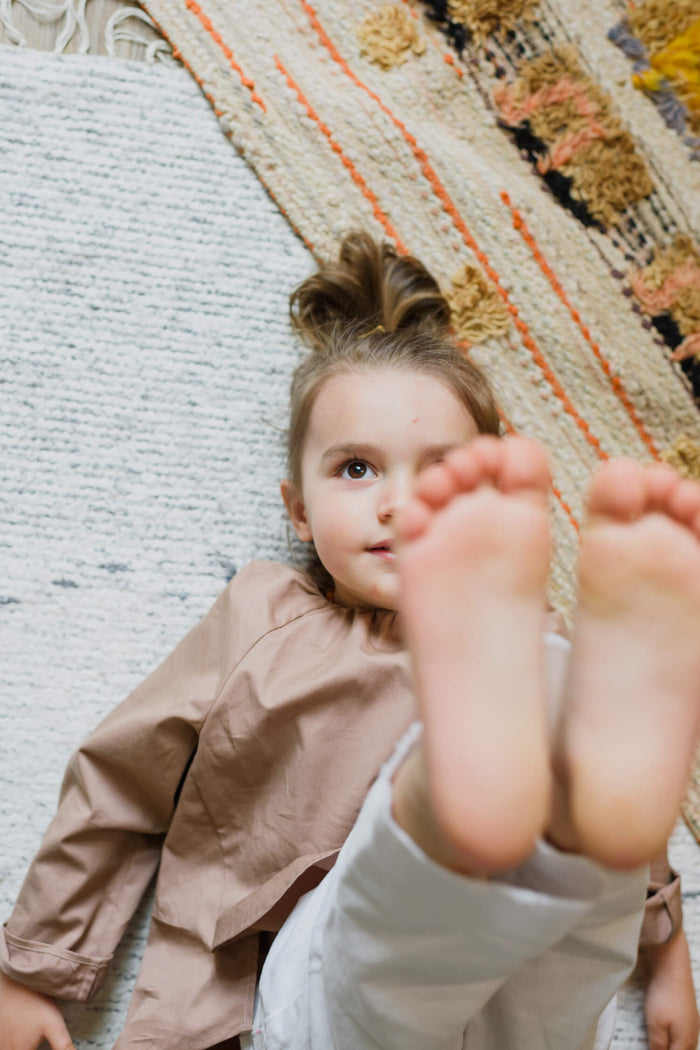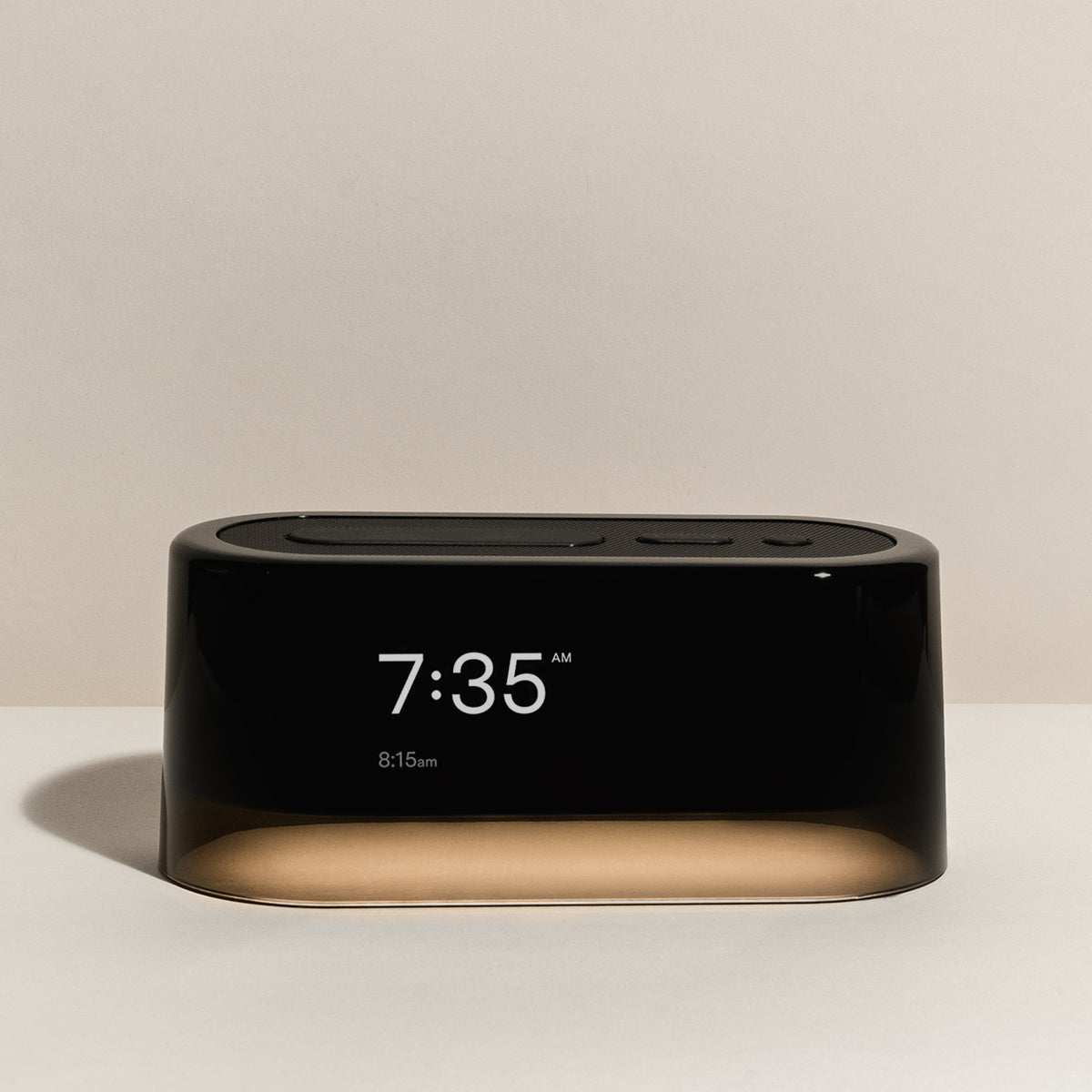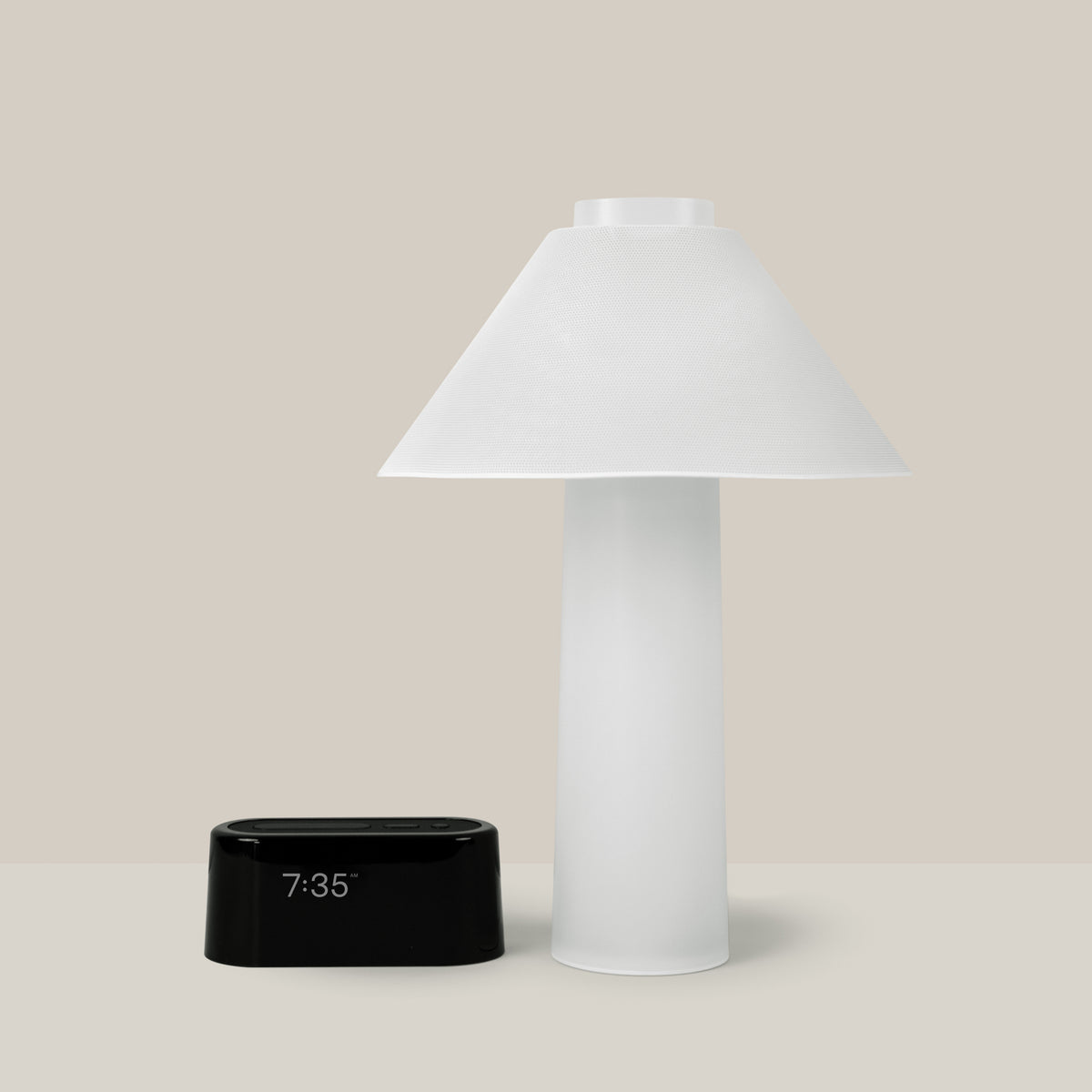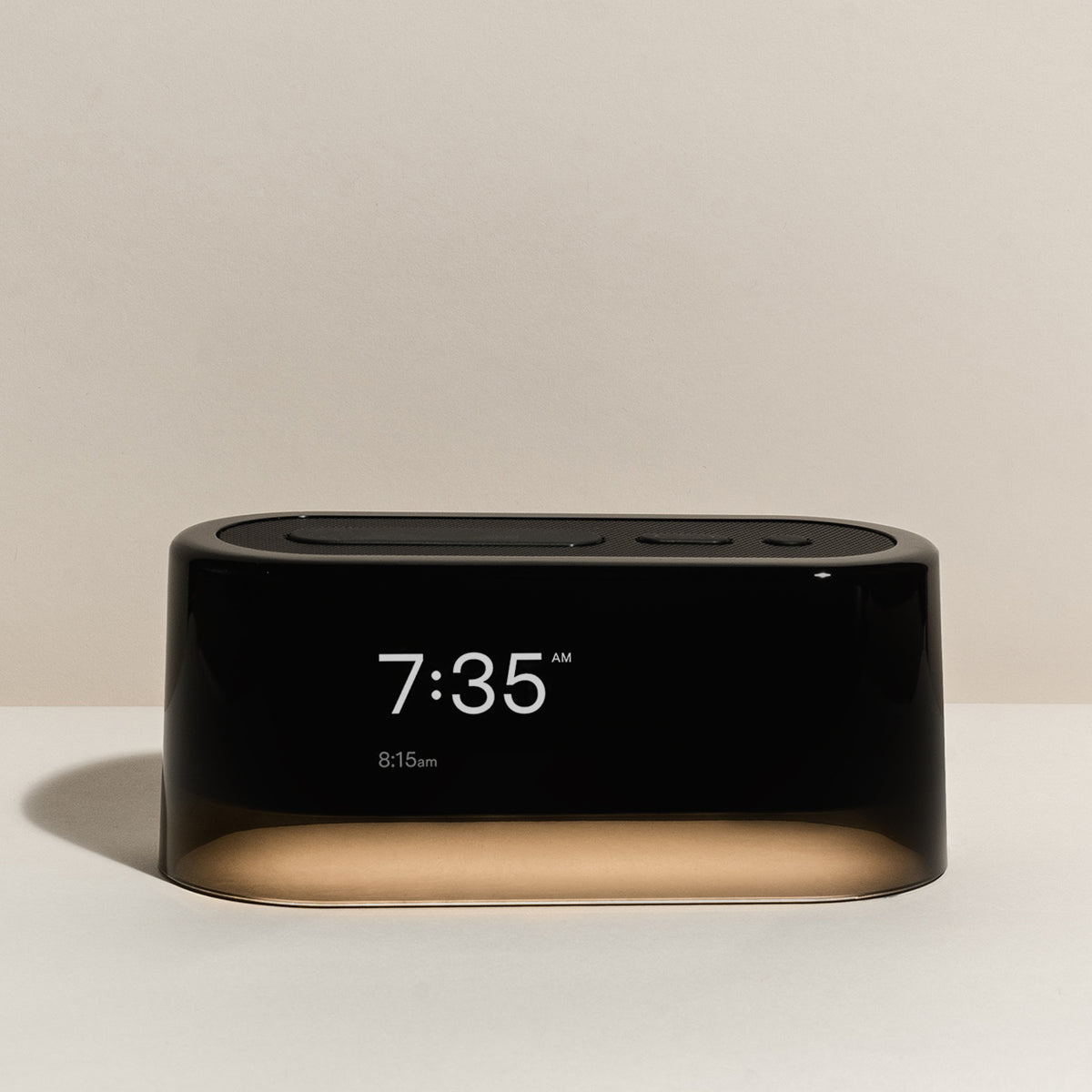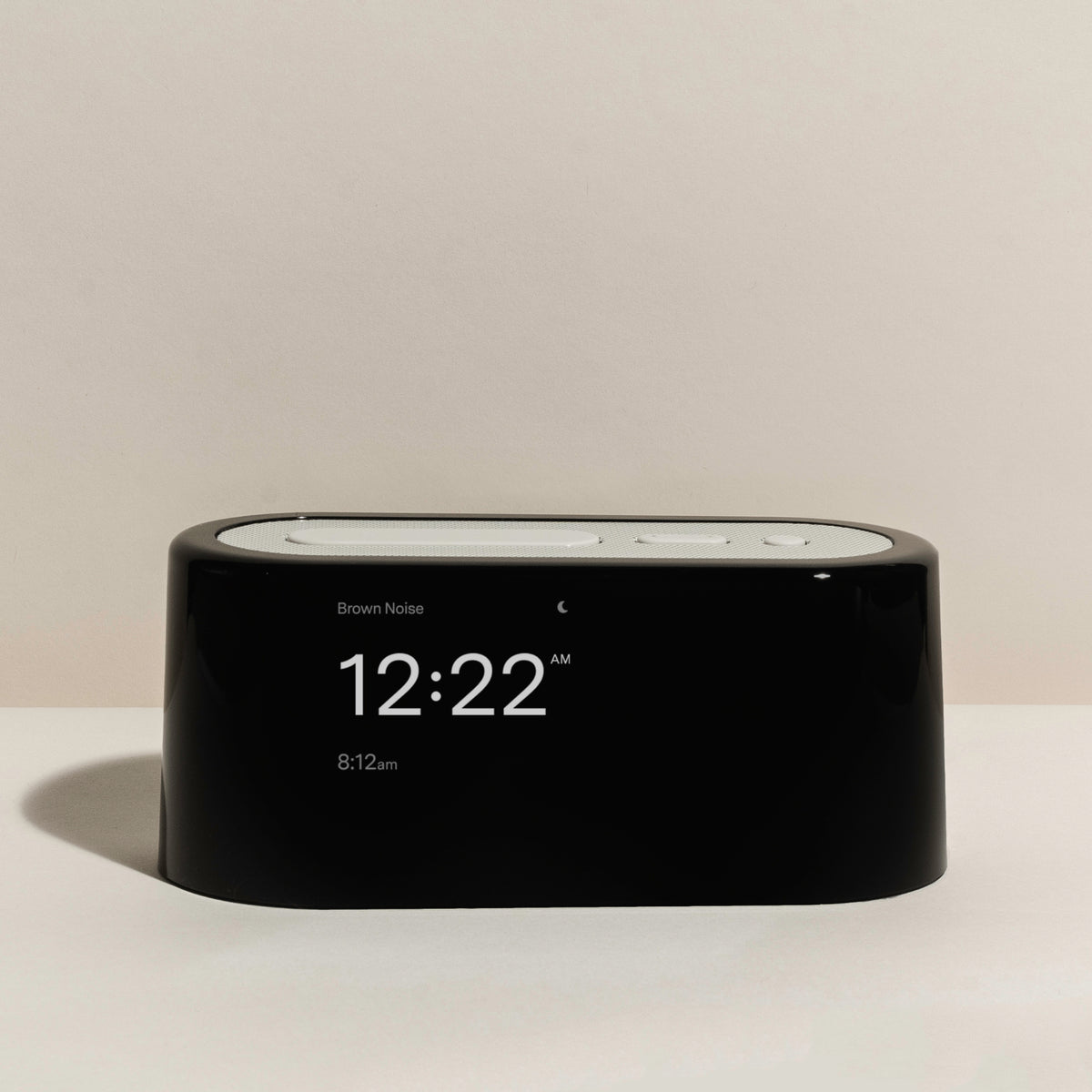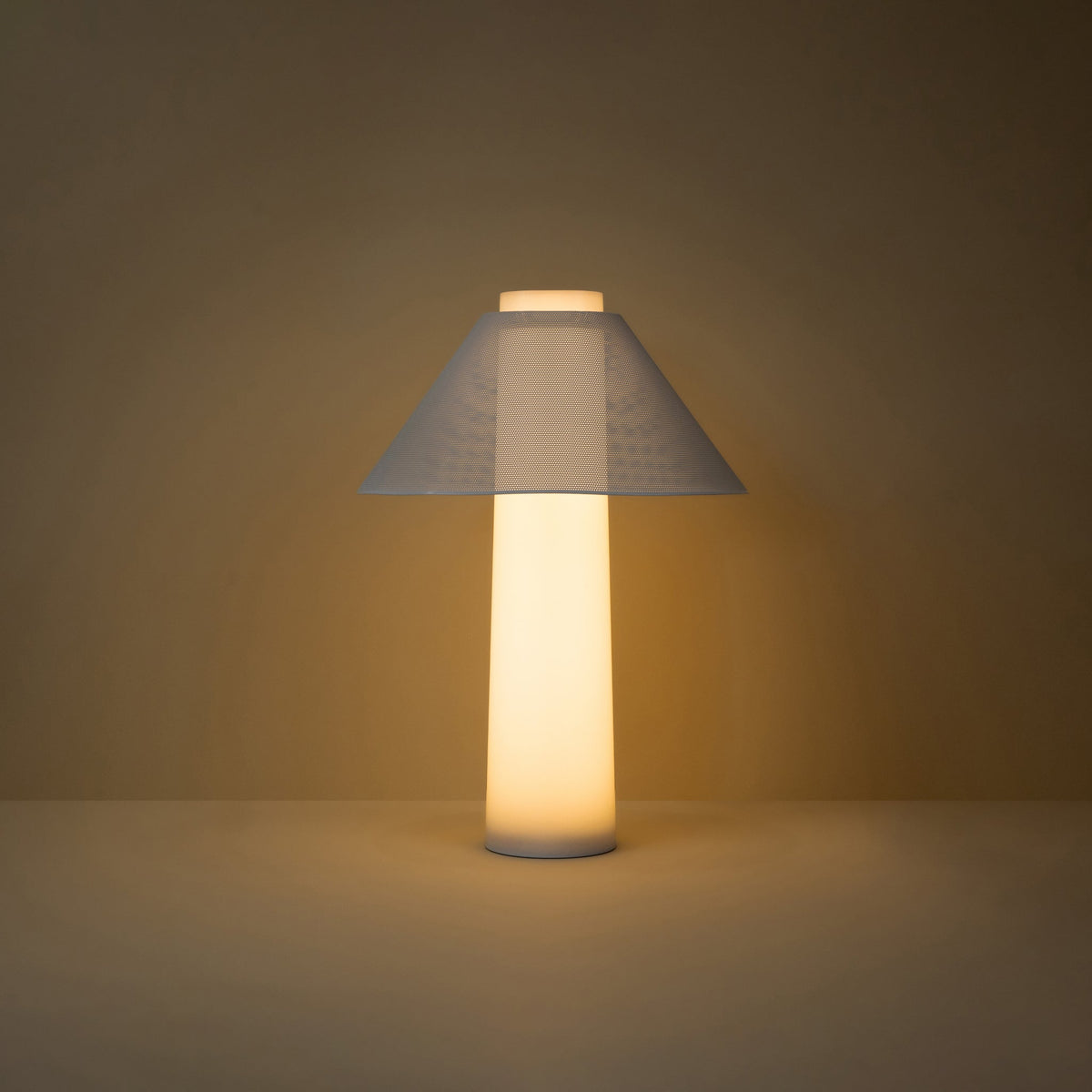Below we dive into how much sleep you actually need at every age, including the amount of sleep a child needs, the best bed and wake-up times, common sleep issues, and how to create sleep routines you and your family can stick to.
How Much Sleep You Need
We each have individual needs, but how many hours of sleep do you need? The American Academy of Sleep Medicine (AASM) and Sleep Research Society (SRS) developed a consensus recommendation for the amount of sleep needed for optimal health using a modified RAND Appropriateness Method process. Adults (ages 18-60) should aim for seven or more hours per night with children requiring more to feel adequately rested. A variety of factors like genes, environment, and health conditions can also affect this figure.Recommendations by Age
Kids who get enough sleep every night show improved behavior, attention span, learning, memory, emotional regulation, and overall quality of life. The National Sleep Foundation recommends the following sleeping hours by age group per day:- Newborns (0 to 3 months): 14 to 17 hours including naps.
- Infants (4 to 11 months): 12 to 15 hours including naps.
- Toddlers (12 to 35 months): 11 to 14 hours including naps.
- Preschoolers (3 to 5 years): 10 to 13 hours.
- School-age children (6 to 13 years): 11 hours.
- Teenagers (14 to 17 years): 8 to 10 hours.
- Younger adults (18 to 25 years old): 7 to 9 hours.
- Adults (26 to 64): 7 to 9 hours.
- Older adults (age 65 and over): 7 to 9 hours.
Setting a Bedtime
When you train your body to wind down and wake up at the same time every day you can start to reap the benefits of better sleep. The best way to do this is by determining a bedtime. Based on the targeted hours of sleep for your age, work backward from your wake-up time. Here are some general target bedtimes:If the desired wake-up is between 7:00 and 8:00 a.m.:
- Infants may be put to bed when sleepy or between 7:00 and 8:00 p.m.
- Toddlers between 7:00 and 9:00 p.m.
- Preschool children between 8:00 and 9:00 p.m.
- School-age children between 8:00 and 9:00 p.m.
- Teens between 9:00 and 10:00 p.m.
- Adults between 10:00 and 11:00 p.m.
Difficulties Meeting Bedtime
Sticking to bedtime isn’t always easy. Life can be unpredictable and throw us out of our routines. If you or your child has trouble sticking to a time or falling and staying asleep, you’re not alone. Insomnia and other bedtime struggles are very common so identifying and treating them early can make a big difference.Insomnia in Children
According to the American Academy of Sleep Medicine, there are a few different types of behavioral insomnia in children.
One is limit-setting: Bedtime stalling or refusal to go to bed.
Another is mixed type: A combination of sleep-onset and bedtime resistance.
There are a few different solutions depending on what type of insomnia your child is experiencing.
Limit-setting Insomnia in Children
Limit-setting insomnia occurs when a child doesn’t have a set bedtime or are able to set their own demands. Here are some strategies for resetting bedtime.It may be challenging in the short term, but setting a consistent bedtime for your children will help you both in the long run.
Insomnia in Adults
According to the Sleep Foundation, insomnia affects 35% of adults. It is identified as problems getting to sleep, staying asleep through the night, and sleeping as long as you would like into the morning. It is often due to genetics but also related to other disorders like sleep apnea, anxiety, and depression. Thankfully, there are many treatments for adults experiencing insomnia, and they range from medications to cognitive behavioral therapy for insomnia (CBTI).Tips and Tricks
Taking the time to set yourself and your kids up for a night of rest is more than possible with a little preparation. These are our favorite bedtime essentials and tips for tucking in.A Good Sleep Environment
Reserve your bedroom for relaxation. Take note of the temperature, lighting, overall aura you feel when you walk into your bedroom. We suggest turning down the thermostat or keeping it cool with an open window. We suggest keeping it simple and minimize potential stressors. Research shows that the gradual disappearance of light like a sleep lamp can signal to your brain that it’s time to rest.



